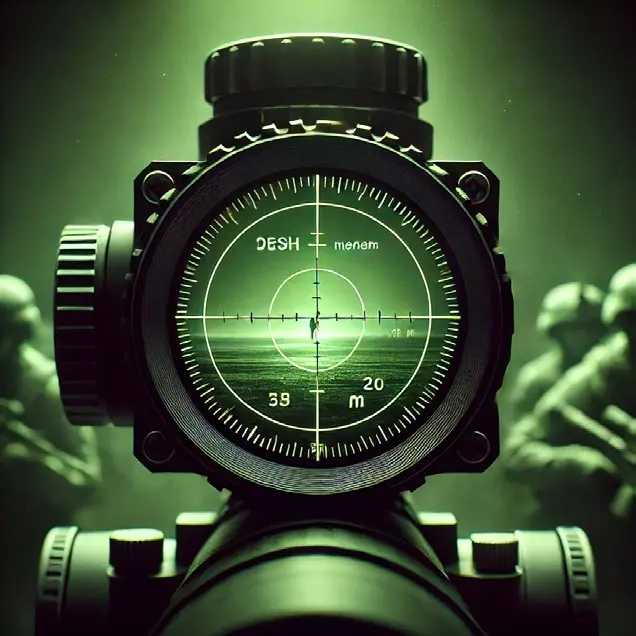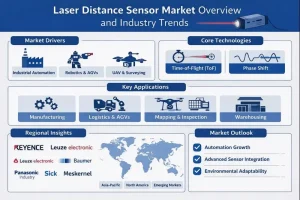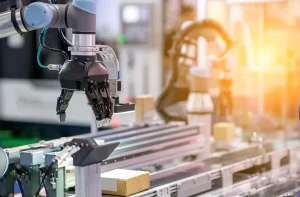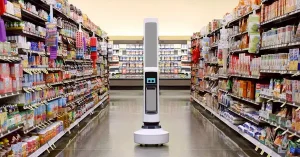Exploring the Latest Advancements in Laser Metrology
Laser metrology has become an indispensable tool across various industries, enabling precise measurements and quality control with unparalleled accuracy. As technology continues to evolve, the field of laser metrology is witnessing rapid advancements that are revolutionizing how objects and surfaces are scanned, measured, and analyzed. This article delves into the latest breakthroughs, emerging technologies, and practical applications shaping the future of laser metrology.
Understanding Laser Metrology: A Brief Overview
At its core, laser metrology involves using laser technology for measurement tasks. Lasers offer highly coherent, monochromatic, and collimated light beams, which facilitate extremely precise and non-contact measurements. This technology is employed in many sectors, including aerospace, automotive, medical devices, electronics, and civil engineering, where dimensional accuracy is critical.
The ability of lasers to measure distances, thicknesses, angles, and surface profiles with micrometer or even nanometer precision sets laser metrology apart from traditional measurement methods. With ongoing innovations, these capabilities are expanding and becoming more accessible.
Recent Advances in Laser Metrology Technologies
1. High-Speed 3D Laser Scanning
One of the most significant advancements in laser metrology is the development of high-speed 3D laser scanning systems. These devices can rapidly capture detailed three-dimensional representations of objects or environments. Improvements in sensor sensitivity and data processing algorithms allow these scanners to generate millions of measurement points per second, enabling real-time analysis.
These high-speed scanners are particularly beneficial in manufacturing lines, where quick and accurate inspections are vital to maintaining production efficiency and quality. For example, in automotive assembly, they facilitate instant verification of part dimensions and alignment.
2. Enhanced Laser Interferometry
Laser interferometry, famous for measuring distances and surface flatness at nanometer scales, has seen progress in laser sources and detection techniques. Advanced interferometers now utilize ultra-stable lasers with reduced noise and higher coherence lengths, improving measurement precision.
Moreover, innovations in fiber-optic interferometers allow flexible and compact setups suitable for harsh industrial environments. Such robustness extends the practical applications of laser metrology in fields like semiconductor manufacturing and precision optics.
3. Integration with Artificial Intelligence and Machine Learning
Incorporating AI and machine learning algorithms with laser metrology systems enables smarter data interpretation and anomaly detection. These advancements allow metrology equipment to not only measure but also predict potential defects or deviations during production processes.
For instance, AI-powered laser metrology tools can automatically classify surface defects or dimensional errors in real-time, reducing the manual effort required for quality assurance. This integration increases overall productivity and reduces the risk of faulty products reaching the market.
Emerging Applications Shaped by Laser Metrology Innovations
Precision Medicine and Biomedical Engineering
The latest developments in laser metrology facilitate ultra-precise measurements necessary for biomedical applications. In fields like prosthetics and implant manufacturing, customized devices must fit perfectly within human anatomy. Laser metrology ensures the dimensions and surface finishes conform to stringent medical standards.
Additionally, non-contact laser measurement techniques enable the examination of delicate biological tissues or cells without causing damage, supporting advances in diagnostic devices and tissue engineering.
Aerospace and Defense Industries
Given the critical nature of aerospace components, laser metrology plays a crucial role in ensuring safety and performance. The newest laser metrology systems can inspect large aircraft parts with extreme accuracy while minimizing downtime.
Techniques like laser trackers combined with automated robotics now allow full-scale dimensional verification of complex assemblies. Such capabilities help detect subtle deformations or misalignments that could compromise structural integrity.
Future Prospects and Challenges
The ongoing evolution of laser metrology points toward even more compact, affordable, and versatile instruments. Emerging trends include wearable metrology devices, cloud-based data analytics platforms, and multi-modal measurement systems combining lasers with other sensor types.
However, challenges remain. Environmental factors like temperature fluctuations, vibrations, and dust can influence laser measurement accuracy. Developing more resilient and adaptive laser metrology solutions will be key to expanding their adoption in outdoor or harsh industrial settings.
Furthermore, standardization of protocols and calibration methods is essential to ensure consistent results across different platforms and applications.
Conclusion
Laser metrology continues to push the boundaries of precision measurement, driven by technological advancements and interdisciplinary innovation. High-speed 3D scanning, enhanced interferometry, and AI integration underline the transformative impact on industries from manufacturing to healthcare.
As laser metrology tools become smarter and more accessible, businesses can achieve higher quality standards, reduce waste, and accelerate innovation cycles. Keeping pace with these developments and addressing associated challenges will be vital for stakeholders aiming to leverage the full potential of laser metrology in the coming years.




